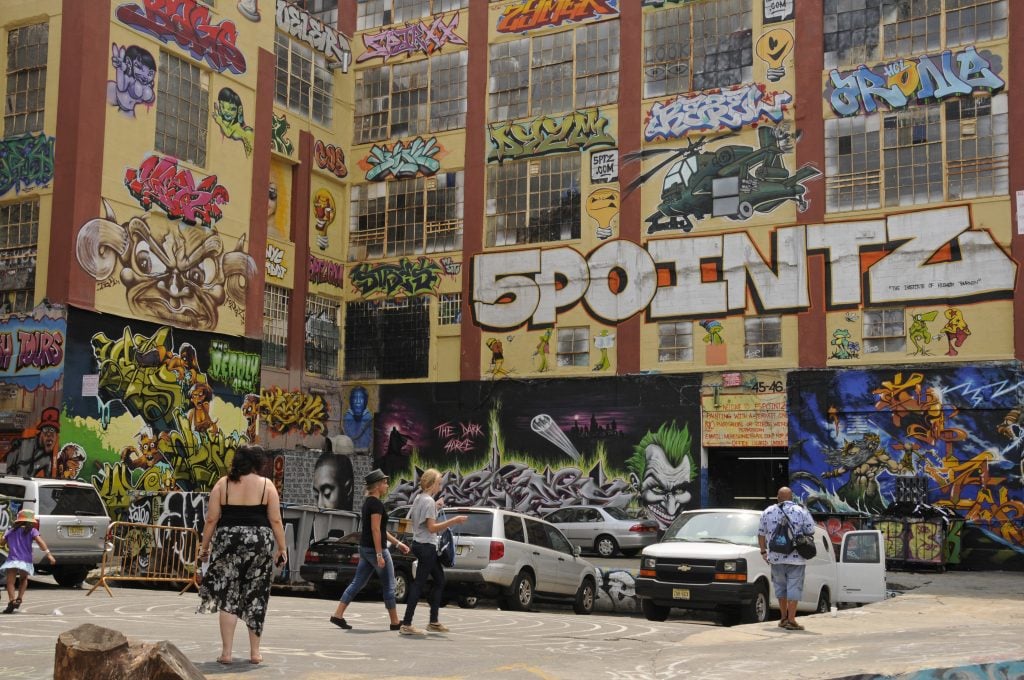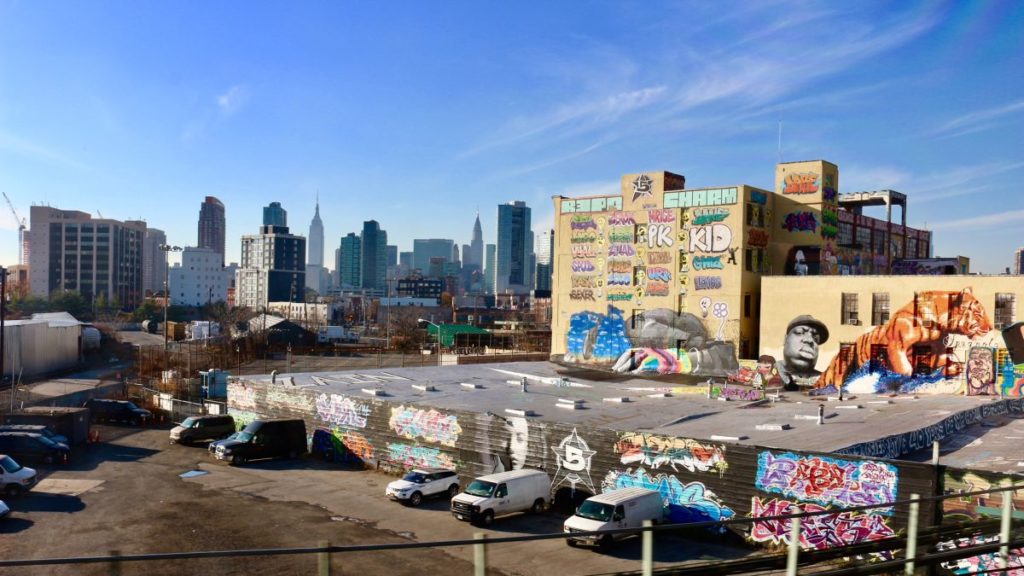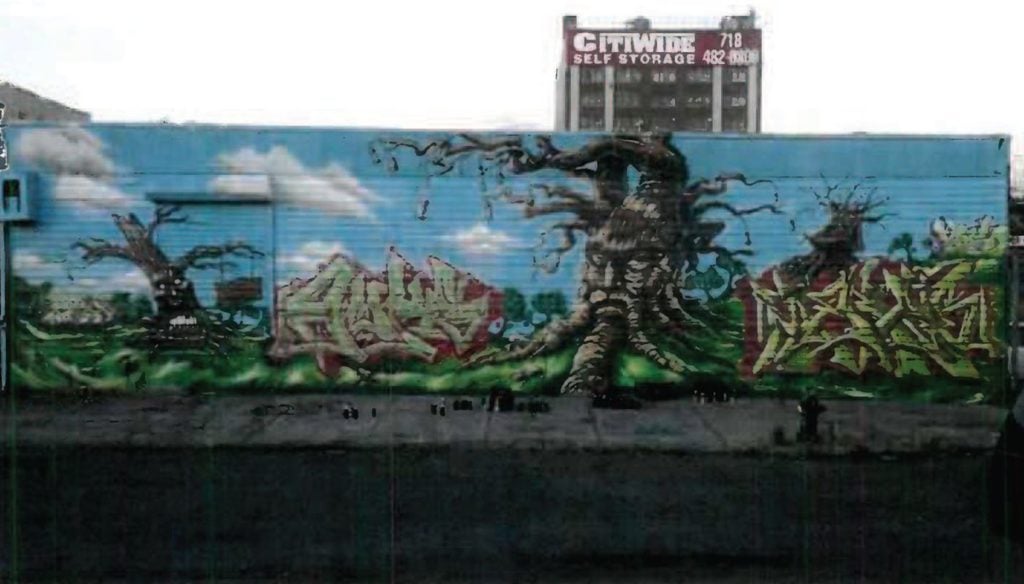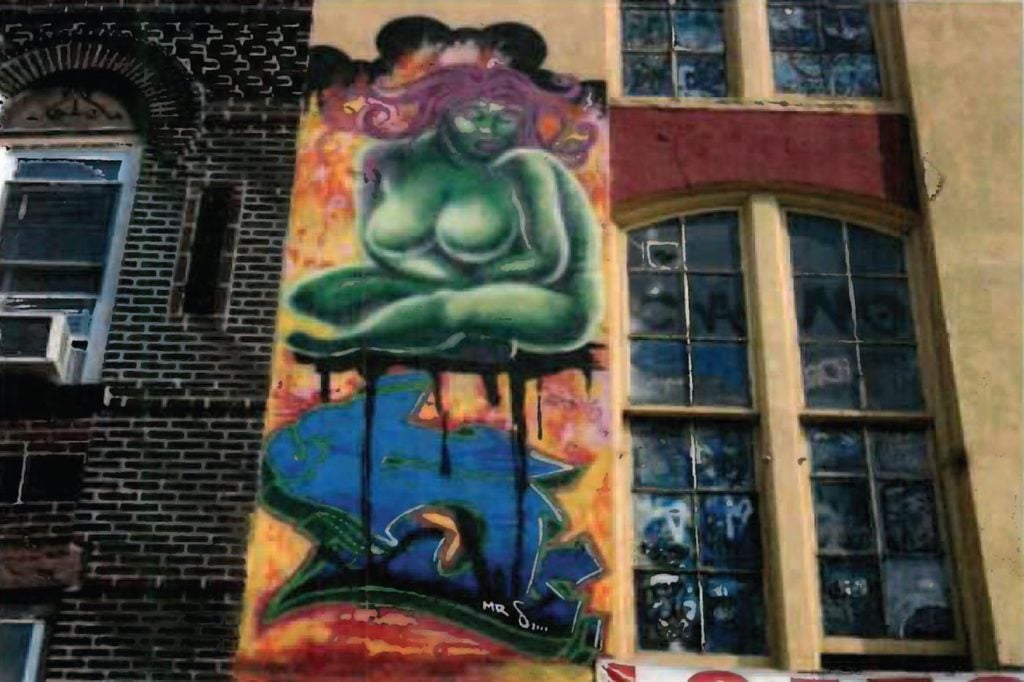Art World
‘Appalled’ by 5Pointz Developer, a Judge Upholds the Massive $6.75 Million in Damages Awarded to Graffiti Artists
The judge had harsh words for 5Pointz developer Gerald Wolkoff.

The judge had harsh words for 5Pointz developer Gerald Wolkoff.

Sarah Cascone

Make no mistake: Judge Frederic Block is firmly convinced that the graffiti artists of 5Pointz deserve every penny of the $6.75 million in damages he awarded them in his February decision ruling against developer Gerald Wolkoff. On Wednesday, Block issued a scathing new decision denying Wolkoff’s post-trial motion to vacate the judgment or grant a new trial.
The 89-page decision explains his reasoning in minute detail, “since the case has generated a considerable amount of public interest and is bound for the circuit court of appeals,” Block wrote. One of the big reasons Wolkoff is being forced to shell out so much cash is because the judge found that the developer had acted egregiously in destroying the plaintiffs’ artworks without warning.
The defendant claimed that Block himself had given him permission to do as much—the judge once denied a preliminary injunction motion that would have prevented the demolition of 5Pointz. In his latest decision, however, Block said that the three-week trial offered him a great deal of new information that was not available to him during the three-day injunction hearing.
“I found out at the trial that Wolkoff had misled me at the preliminary injunction hearing,” Block wrote. The judge said he had issued his decision based on Wolkoff’s claim that he needed to demolish 5Pointz before the end of the year, or he would lose hundreds of millions of dollars in tax credits, and possibly be forced to abandon the project altogether.

The old 5Pointz before its demolition. Photo by Rachel Fawn, courtesy of citizenM.
In reality, when Wolkoff whitewashed the complex just days after Block’s initial November ruling, he hadn’t even applied for permits to demolish the buildings. He would not do so until the following March; demolition began in August. In response, the artists took legal action.
“I was misled that the demolition of the buildings was imminent when there was not even an application for a demolition permit extant. I was appalled at this conscious material misrepresentation,” Block wrote. Had he have known the truth, he added in italics, “I would have granted the injunction until such time that the buildings were demolished.”
“The court went to great lengths to show that the actions to whitewash the art at 5Pointz were willful, and the maximum penalty allowed by law will be imposed,” Eric Baum, the attorney representing the 5Pointz artists, told artnet News. “The decision sends a message that art protected by federal law must be preserved and cannot be destroyed and that no one is above the law. There is no legitimate factual or legal basis for an appeal.”
Wolkoff’s attorney, Meir Feder of Jones Day, did not respond to artnet News’s request for comment but will be appealing Block’s ruling to the circuit court.

Jonathan “Meres One” Cohen, Luis Lamboy, and Thomas Lucero, Angry Orchard (2013) at 5Pointz. Photo courtesy of the artists.
Block’s decision cited the VARA (Visual Artists Rights Act), finding that Wolkoff’s destruction of the 5Pointz murals was a violation of the artists’ rights. (5Pointz curator Jonathan “Meres One” Cohen selected just a handful of the thousands of aerosol artworks on the site for legal action, on the basis that they were the most significant.)
Though Block acknowledged there wasn’t a proven market for these works, he still awarded the artists the maximum statutory damages ($150,000 per destroyed work), because Wolkoff whitewashed the building without giving them the opportunity to document or remove the murals. It’s a landmark ruling for graffiti artists.
Wolkoff’s legal team had argued that there wasn’t enough information on how the 5Pointz artworks were evaluated and granted recognized stature under VARA. In response, the decision includes a 60-page appendix that provides in extensive detail the court’s reasoning in recognizing each and every one of the 45 works of art for which Wolkoff has been ordered to pay.

Lady Pink, Green Mother Earth at 5Pointz. Photo courtesy of the artist.
In his decision, Block noted that it was “to Wolkoff’s delight [that the art at 5Pointz] was perhaps principally responsible for transforming his crime-infested neighborhood and dilapidated warehouse buildings into what became recognized as arguably the world’s premium and largest outdoor museum of quality aerosol art.”
The appendix cites the opinions of art experts, art publications, and also notes the large number of people who saw the paintings—millions, if you count riders on the passing 7 train. Cohen said that visitors from 70 countries had reached out to him about touring the facility, which students of all ages had visited.